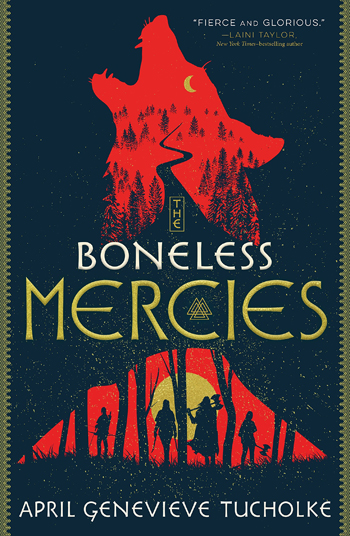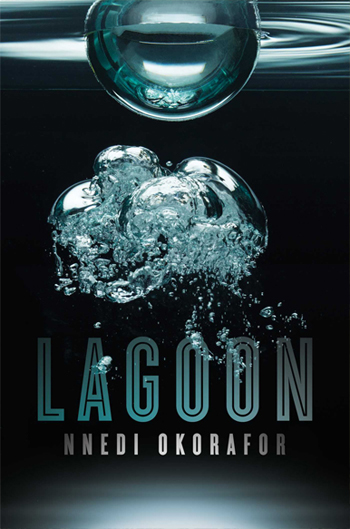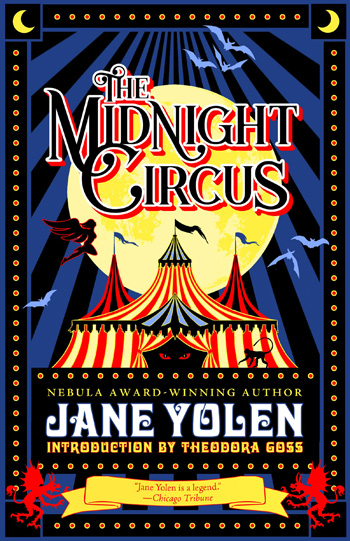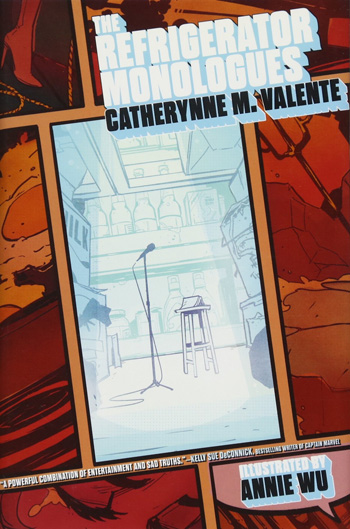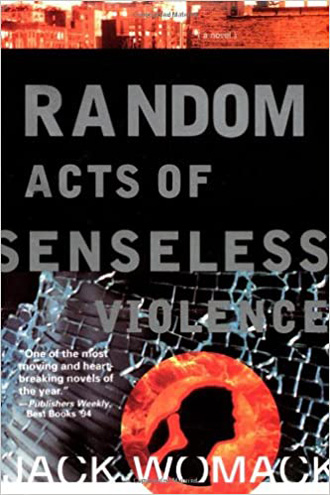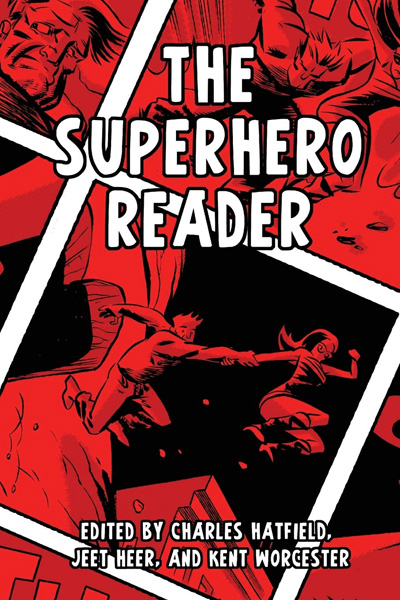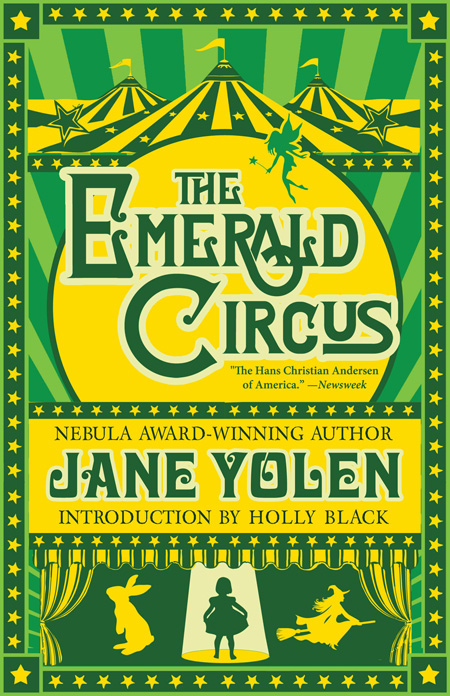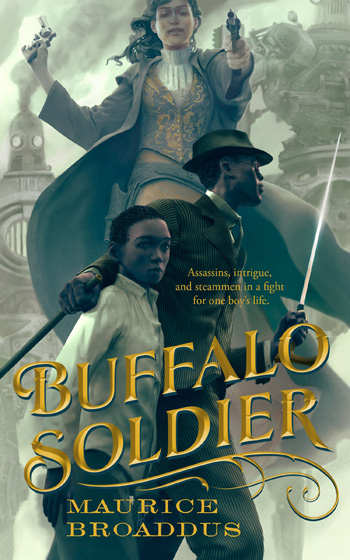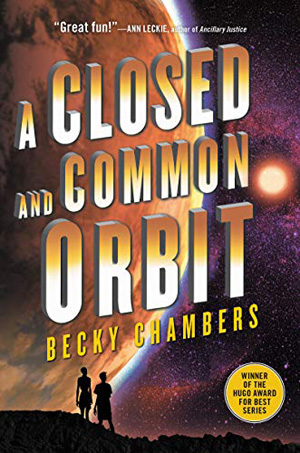For Mercies’ Sake
Here’s a little piece of brilliance I just can’t believe I haven’t blogged about yet. Let’s review The Boneless Mercies by April Genevieve Tucholke.
Our setting in this very loose retelling of Beowulf is Vorseland, a generic medieval/fantasy version of the Scandinavian nations. And our lead characters are a small group of teenagers who are members of the Boneless Mercies, freelance mercy killers who roam Vorseland granting quick, merciful, painless deaths to the old and the sick — and sometimes to the healthy and abusive and cruel, if their victims will pay the fee to hire their blades and their poisons.
The Mercies are:
- Frey, the leader, is a compassionate girl who has grown tired of the death trade and dreams of better things. She was apprenticed by an older woman named Siggy who died a few years ago.
- Ovie, the oldest of the Mercies, maybe 19 or 20 years old. She’s also the quietest, and she wears a patch over her lost eye.
- Runa, angry, skeptical, independent, the most likely to dissent and seek conflict.
- Juniper, at 15, the youngest of the Mercies, comes from the Sea Witches, where she gets her magic skills and her pale, sea-green hair.
- Trigve is not a Mercy because he’s not a woman. But he travels with them, the most light-hearted in the grim business, with his mind on matters of healing, not death.
But spending your life dealing out death, even if it’s welcomed, and spending decades shunned because of your profession — it wears on you, and the Mercies would kinda like to stop being Mercies someday. And when news starts circulating about a monster roaming the jarldom of Blue Vee, slaughtering warriors and innocents alike, and prompting Jarl Roth to offer a generous reward for anyone who can slay the Blue Vee Beast, Frey starts thinking she’d like to try her hand at fighting a monster, being a hero, and grabbing the glory she’s always dreamed of. But can a Boneless Mercy become a celebrated hero?
Verdict: Thumbs up. This is a fantastic book, and if you love heroic fantasy, kickass heroines, fantastic characters, cold and snow, and a constant sense of impending doom, this is something you’ll want to read.
The book is filled with beautifully realized settings, from the various inns and forests where the Mercies sleep piled together like dogs, to the Merrows, where the Sea Witches live atop their giant witch trees, to the Red Willow Marsh, home of the terrifying Cut-Queen and her fanatical army of murderous girls, to the desolate beauty of the snowbound and horror-stricken land of Blue Vee, to the lonely cavern where the Blue Vee Beast hides.
I absolutely love the characters in this book. Tucholke could’ve stopped with giving us our five outstanding lead characters and filled the rest of the book up with boring placeholder characters — but she didn’t. As the Mercies travel around Vorseland, they meet fellow Mercies like Sasha, Gunhild, and Aarne, facing terrible life-changing challenges; Mother Hush, wise leader of the Sea Witches and weaver of magics; Elan Wulf, the Cut-Queen, an utterly terrifying spell-caster and conqueror, whose power and charisma is contrasted with her surprising youth; Leif and Vital, members of the forest-dwelling archers called the Quicks; Indigo, a fierce, passionate warrior wandering through her life; Jarl Roth, watching over the slowly dying Blue Vee jarldom, strong and proud, but melancholy to find himself surrounded by death; Siggy, who we never even meet, but whose wisdom and kindness is reflected in everything she’s taught Frey and the other Mercies; and even the Blue Vee Beast herself, who has secrets no one suspects.
This is a beautiful and sad book, filled with glory and magic and blood. Every page — nearly every paragraph — reads like a lyric from an epic Norse ballad. You will dread the coming end of the tale almost from the first chapter, because quests that end in glory must also end in heartbreaking loss, but you will read the end more than once, and your heart will fill with pride and sorrow every time.
Go get this book, read it, love it. It’s going to be part of you forever after.
Comments off

